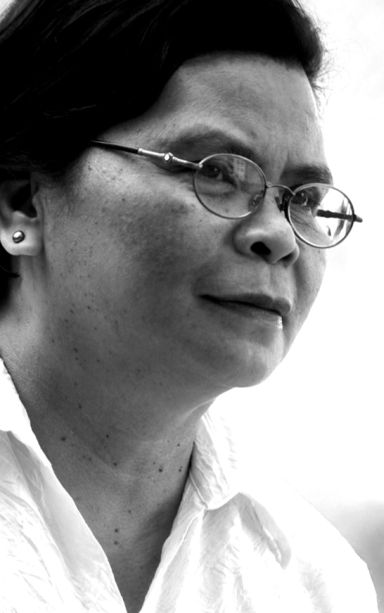
DELA CERNA
Gabii sa Kabilin 2017 brought me to a sneak preview of the forthcoming Sugbu Chinese Heritage Museum thanks to the invitation of Dr. Joy Gerra.
The museum is still undergoing restoration, but we have a view of how it would look like after one year. One gets a glimpse of the arrival of the Chinese in Cebu and their rise to prominence and influence in trade and commerce, arts and culture, education.
The museum was created for the preservation and promotion of Chinese heritage and culture.
It is for all sectors especially the Filipino Chinese, to appreciate, preserve and promote the Chinese-Cebuano heritage and culture that values the Chinese legacy.
It is also a venue for artifact conservation based on new technologies and techniques.
It showcases centuries of collaboration between Chinese and Filipino people in the fields of culture, economics and politics with artifacts and collections related to them.
The Sugbu Chinese Heritage Museum is housed in the Gotiaoco building, a centenary neoclassical structure located in downtown Cebu, right at the back of Cebu City Hall.
The building was chosen among three other sites as the official home of the Sugbu Chinese Heritage Museum.
It was built in 1914 by Don Pedro Gotiaoco (Go Bon Tiao), a Chinese immigrant from Fujian, China. It used to house several banks in the city. The museum will highlight accomplishments in business and prominent Chinese families in Cebu.
As early as the 9th century, China has been trading with the Filipinos until the 13th century.
Since there were Chinese immigrants to the Philippines, many of them settled and prospered in Cebu.
The opening of Cebu port to world trade in 1860 provided economic opportunities for affluent Filipinos and the Chinese.
Majority of Chinese migrants were from South China comprising 7 percent of the Cebu population of 14,099 in 1891.
Sugbu Chinese — Chinese Cebuano or Cebuano Chinese (Insik) refers to Cebuanos of Chinese descent, mostly those who grew up or was born or raised in Cebu.
As early as 1920, Cebuano culture dictated that when food was served to important visitors and guests, the choice of cuisine was Chinese.
With the wave of immigration in the latter half of the 19th century came Chinese noodles and lugaw, soy sauce, bean curd, and particularly flavors of sesame oil and dried mushrooms, and new ways of cooking like steaming and stir frying.
Among the food, street dishes which became popular up to the present are the ngohiong and the siomai, a Cebuano adaptation of the Chinese dumpling.
Tisa, a section (now a barangay) in Cebu City, was spotted as the place where siomai was popularly made and at present is known as siomai sa Tisa.
There is a table of Chinese medicine with a listing of the concoction of the medicine with the corresponding illness for treatment which was very prominent in the early part of the 20th century. At present there are still a few apothecaries with traditional Chinese medicine.
A glimpse of the Sugbu Chinese, I can still remember the Chinese of my childhood in Carcar (for every town has its early Chinese traders) who practically ran the economy of the place.
There were Insik Inting, Insik Siwa, Insik Puat, and Insik Singke.
Their stores were strategically located in the town, along the main road and within the rotunda.
The Chinese before lived in their stores, so it was a common sight to see them in their pajamas and sleeveless T-shirt as they manned their stores.
The store of Insik Inting was the closest to our house so it was where we bought anything we needed and they practically had everything.
It was where I used to buy dye for our faded uniform, tiger balm for my grandmother, my favorite sweets the dikyam which looked like pink hosts and the kiamoy.
For cosmetics, the women bought the famous meimei powder while the men bought pomade.
Eventually these Chinese traders moved to the city except for Insik Puat who remained in Carcar and managed the only gasoline station in the town then.
The business slowly declined after his death and only his children managed (in fact, only two out of five took over since the others were busy with their careers).
There are more interesting things to watch for after the restoration of the building is completed, and the museum will be open in the next Gabii sa Kabilin.
Disclaimer: The comments uploaded on this site do not necessarily represent or reflect the views of management and owner of Cebudailynews. We reserve the right to exclude comments that we deem to be inconsistent with our editorial standards.
